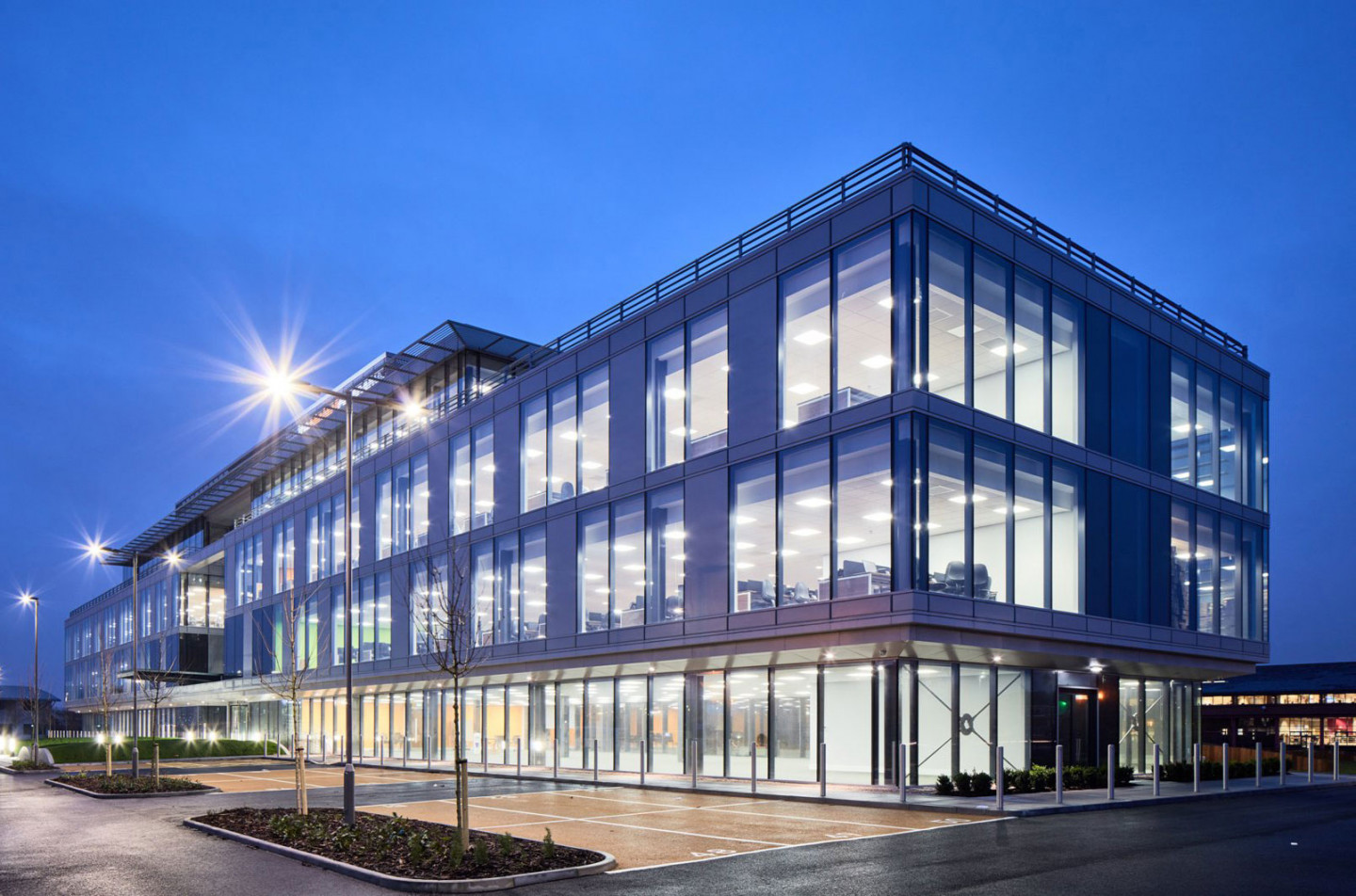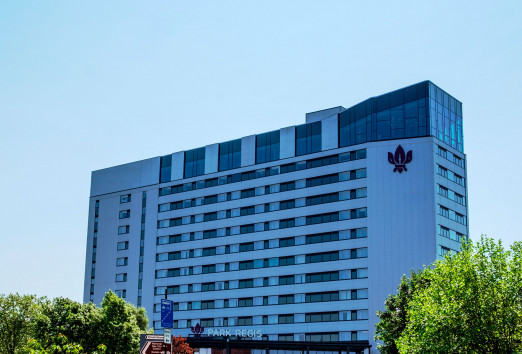Aluminium is the ubiquitous construction material, constantly evolving with design. It is a building material that offers the designer reassurance as well as catering for new demands. For construction professionals gaining a grasp of its capability is a future proof skill.
Aluminium gives the architect the opportunity to design feature and style to a building every time it is specified. Naturally, each project is different and aluminium can complete the design concept of even the most innovative practice. Developments in 3D modelling and extrusion now mean that aluminium is the building material which literally pushes the envelope to the forefront of design.

Chamberlain Student Accommodation - Birmingham University featuring Comar 6EFT Curtain Walling
Not only is design aspiration catered for but this is a material which is both sustainable and offers longevity. In a Delft University pan-European study 86% of aluminium used in the old Wembley stadium was recycled and reclaimed. Longevity and lifecycle analysis is also favourable with standard 25-year guarantees for polyester powder coated aluminium and 35-year guarantees for anodised applications. The lifespan of aluminium, if properly maintained, can be indefinite: the top of the Empire State Building was one of the first examples of anodised aluminium and is still a gleaming, eye-catching feature today.
If one considers the building envelope integrating large glazed screens, canopies, windows and focal entrance points all can be achieved through installing and integrating, aluminium ground floor treatment, curtain walling, windows and doors. The envelope can be expanded with roof glazing to incorporate pitched, barrelled or pyramid vaults. These areas can be as sleek as the designer requires. Aluminium naturally has high strength-to-weight ratios so large glazed spans and multi-storey applications can be achieved with slim sightlines. The opportunity to polyester powder coat or anodise means that a multitude of shades can provide contrast or minimal visibility to the project.

Chamberlain Student Accommodation - Birmingham University featuring 5P.i Advanced Tilt & Turn Windows
Panels and glass also offer an amazing area of options. Glass can be mirrored or tinted to suit the envelope, whereas panels can provide solid colour or a mirrored glass effect. Aluminium has the ability to integrate both panels and glass into the same façade; a variety of gaskets ensure that most applications can be catered for.
Aluminium is functional and offers sturdy assurance that it will withstand the rigours of the British weather, testing to CWCT standards to Sequence B takes the design safety test up to 3600Pa.
Aluminium is robust and is ideal for high traffic applications, such as retail, school or hospital. If one considers entrance doors, available in configurations such as swing, sliding, sliding/folding, the robust profiles ensure longevity even with endless open and closing cycles.
Windows also offer a myriad of options to cater specifically for the application. Tilt and turn, top-swing reversible, sliding and pivot windows have been around for many years with aluminium Systems Houses working closely with the gearing manufacturers which means that these are tried and tested solutions for providing ventilation without jeopardising security. In multi-storey applications, the configuration selected, for instance, top-swing reversible or pivot, has options to fully reverse the external surface to allow cleaning from the inside. Tilt/Turn windows allow the window to open-in for cleaning.
In essence, aluminium is the building material that, through its long use, has developed to provide function, form and solutions for even the most demanding projects. Systems Houses, such as Comar Architectural Aluminium Systems, continually develop and refine their profile catalogues to meet the demands of cutting edge designers, providing support and calculation at any stage of the tender process.
Now with improvements in glass and to keep up with Document L, systems can utilise thermal foam and increased thermal break technology to take performance to Code for Sustainable Homes Level 6. With the EAA’s (European Aluminium Association) “Future Generations” initiative, aluminium’s long reputation as a recyclable material is gaining further exposure. Future Generations is a scheme which highlights that the use of aluminium is actually creating a bank of material that can be re-used and recycled in the future. Aluminium is a true “cradle-to-cradle” material with a real end of life value. In fact, due to the value of scrap aluminium, it has one of the most development recycling schemes in existence.

